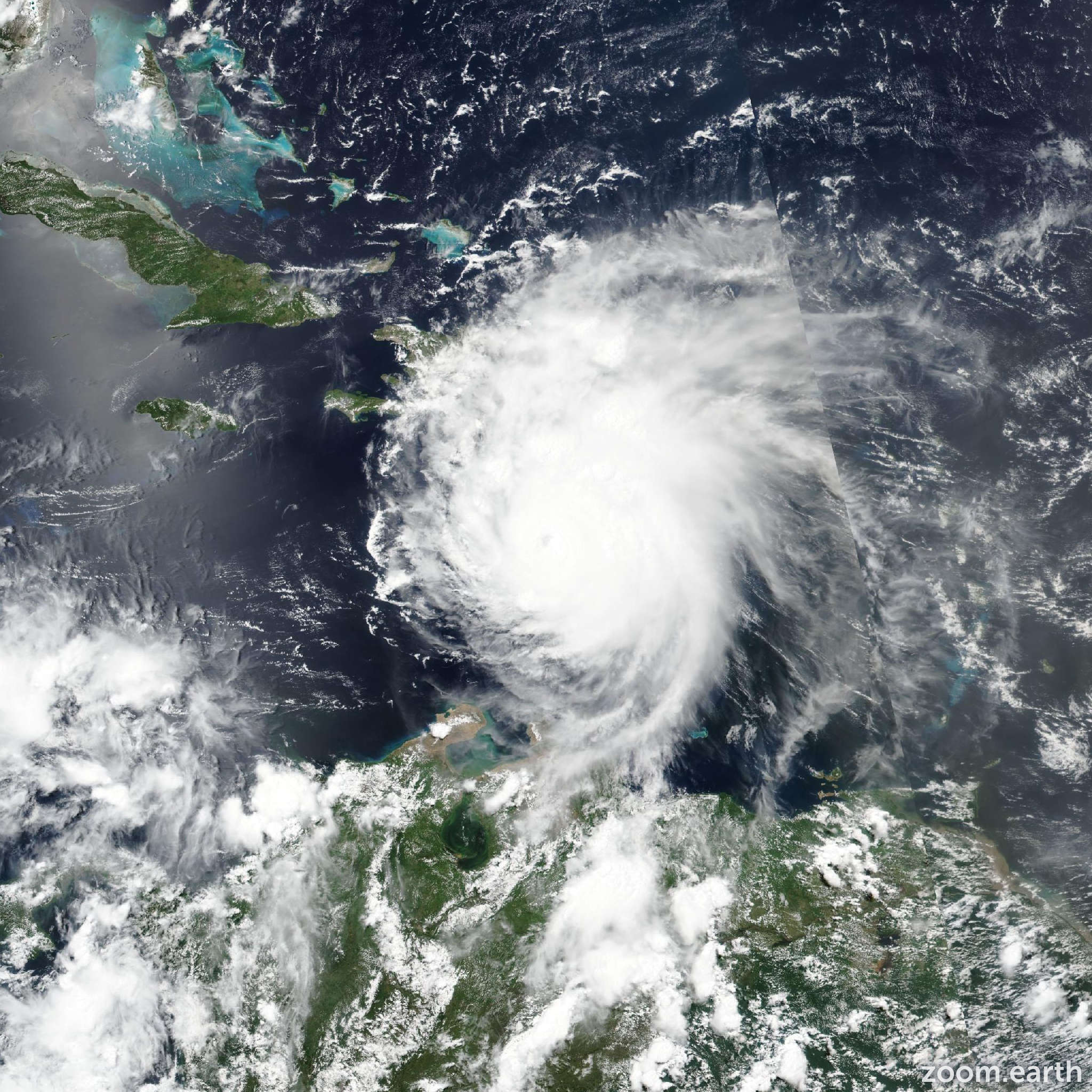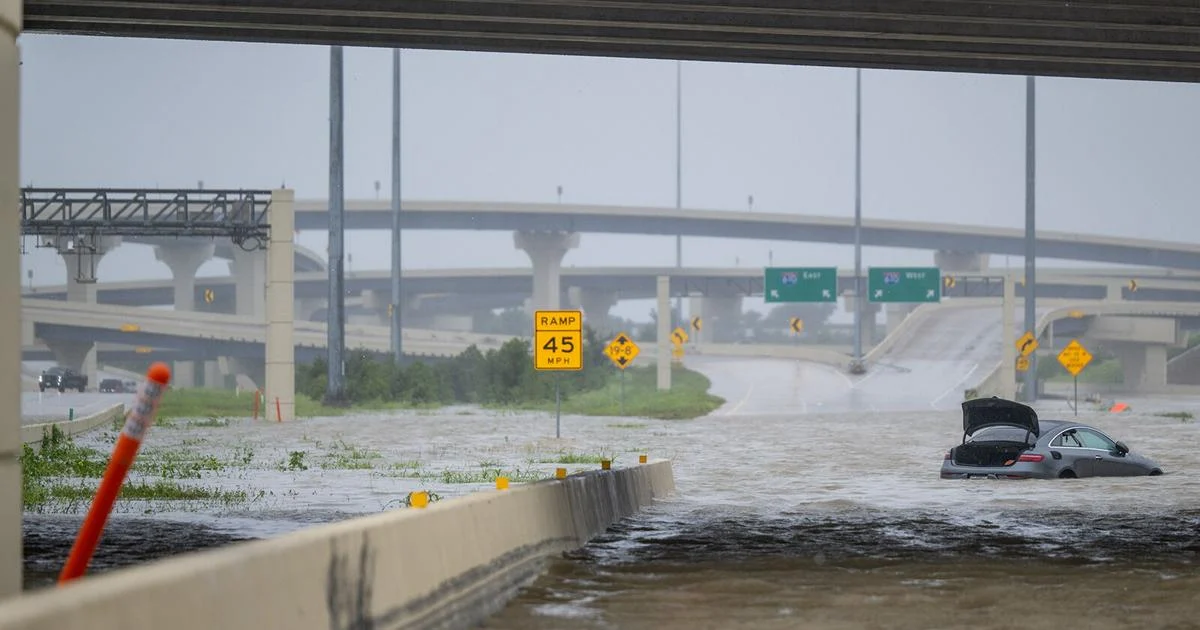Tropical Depression Beryl’s Formation and Development

Tropical Depression Beryl emerged as a result of a complex interplay of atmospheric conditions over the warm waters of the Atlantic Ocean. The formation of this depression can be attributed to several key factors:
Pre-existing Disturbance
Beryl’s genesis can be traced back to a pre-existing tropical wave that moved off the coast of Africa. This wave carried with it a pocket of low pressure and organized thunderstorms, providing the initial impetus for the development of the depression.
Tropical Depression Beryl, a weak and disorganized system, has gained strength and is now Hurricane Beryl. For the latest updates on its path and intensity, visit hurricane beryl now. Despite the upgrade, Tropical Depression Beryl remains a relatively weak hurricane, with maximum sustained winds of 75 mph.
Favorable Atmospheric Conditions
The warm ocean waters along Beryl’s path provided the necessary energy for the development of thunderstorms. Additionally, favorable upper-level winds, including low wind shear and an anticyclone, allowed the thunderstorms to persist and organize into a coherent system.
Tropical depression Beryl, swirling in the Atlantic Ocean, is making its presence felt. For the latest updates and its path, check out the hurricane beryl tracker live. Tropical depression Beryl continues to move westward, and its trajectory and potential impacts are being closely monitored.
Potential Impact of Climate Change, Tropical depression beryl
While the exact relationship between climate change and the frequency and intensity of tropical depressions is still being studied, some research suggests that a warming climate may contribute to more frequent and stronger storms. Rising sea temperatures provide more energy for storm development, and changes in atmospheric circulation patterns can influence the formation and movement of depressions.
Impacts of Tropical Depression Beryl

Tropical Depression Beryl, though relatively weak, still poses potential hazards that need to be addressed. These hazards include flooding, storm surge, and wind damage.
Areas most likely to be affected by the depression include coastal regions and low-lying areas. The depression can bring heavy rainfall, leading to flash floods and riverine flooding. Storm surge, a rise in sea level accompanying the storm, can cause coastal erosion and inundation, damaging infrastructure and property. Additionally, strong winds associated with the depression can cause downed trees and power lines, leading to power outages and disruption of daily life.
To mitigate the impacts of the depression, it is crucial to take precautionary measures. These include staying informed about the storm’s track and intensity, evacuating to higher ground if necessary, securing loose objects outdoors, and having an emergency plan in place. Additionally, local authorities should issue timely warnings and provide assistance to vulnerable communities, such as the elderly, disabled, and those living in low-lying areas.
Tracking and Forecasting Tropical Depression Beryl

Tracking and forecasting the movement and intensity of tropical depressions, such as Beryl, is crucial for issuing timely warnings and preparing for potential impacts. Various methods are employed to monitor the depression’s behavior and predict its future path.
Weather Forecasting Models
Numerical weather prediction (NWP) models are computer programs that use mathematical equations to simulate the behavior of the atmosphere. These models ingest real-time data from weather stations, satellites, and other sources to create forecasts. For tropical depressions, NWP models provide predictions of their track, intensity, and rainfall potential.
While NWP models have significantly improved in accuracy over the years, they still have limitations. Factors such as the chaotic nature of the atmosphere and the availability of high-quality data can affect the accuracy of forecasts.
Satellite Imagery
Satellite imagery provides valuable information about the structure and organization of tropical depressions. Satellites can detect cloud patterns, measure wind speeds, and estimate rainfall rates. This data helps forecasters determine the depression’s current intensity and track its movement.
Surface Observations
Surface observations from weather stations, ships, and buoys provide ground-truth data that complements satellite imagery and NWP model forecasts. These observations include measurements of wind speed and direction, pressure, temperature, and rainfall. Surface observations are particularly important for verifying the accuracy of forecasts and issuing warnings.
Public Resources
The National Hurricane Center (NHC) is the primary source of information for tropical depressions and storms in the Atlantic and Eastern Pacific basins. The NHC issues regular updates on the depression’s track, intensity, and potential impacts. These updates are available through the NHC website, social media, and mobile applications.
Other resources include local weather stations and news outlets, which provide localized forecasts and information tailored to specific regions.